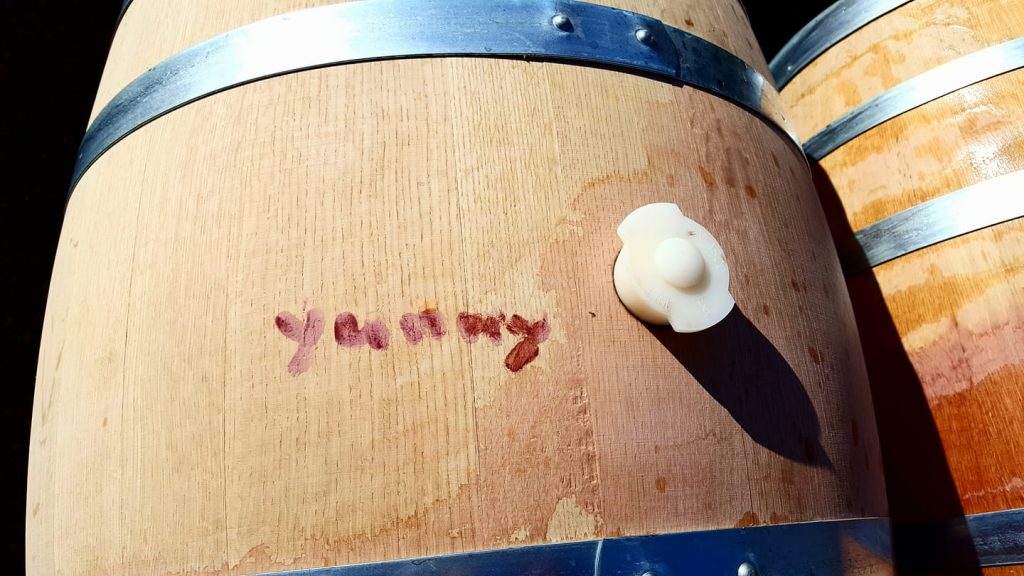The Influence of the Barrels
Have you ever asked a winemaker about their oak protocols? I love asking this question when I’m out tasting because winemakers tend to get a little geeky about oak; and I mean that in the best way possible! Oak provides not only flavor components, but also provides textural elements that result in the finished product having a silky or smooth mouthfeel.
While it would be possible to write a whole book about the topic (and I’m sure someone has), I’m going to give you a quick rundown on the top three things you need to know.
1. Location, Location, Location
The first thing you should know is that there are different flavor profiles extracted from the oak barrels depending on where the trees are grown. For instance, American oak imparts flavors of vanilla and coconut, while French oak is noted for producing wines with spice and toasted almond notes, and Hungarian oak provides caramel, vanilla, spice, and toasted flavors. Also, winemakers can have the barrels “toasted” from light to heavy, which will also affect the flavor profiles of the barrels. Here is a great video from Seguin Moreau showing the toasting process.

2. It’s In the Air
The second thing you should know is that the textural components that come from oak aging have to do with oxygen transmission rates or OTR. Because the oak is slightly porous, the wine is exposed to small amounts of oxygen, which softens the tannins present in the wine. There is also a small amount of evaporation that occurs, which is known as the “angel’s share.” This allows the flavors to be slightly more concentrated than wines aged without exposure to oxygen.
3. Age Matters
Finally, if the winemaker tells you that the wines were aged in 60% new oak and 40% neutral oak, you might be wondering what that means. New oak means the barrels are new and they will impart greater levels of flavor compounds. The neutral barrels are ones that have been used for several previous vintages and the oak flavor profiles will be much less noticeable.
Now head out there to your favorite tasting room and use this knowledge to ask the winemakers you meet about their oak protocols. You’ll thank me later.
Cheers!
This article originally appeared on the blog of the Lake County Winery Association.
Photo at top of story courtesy of Brassfield Estate Winery.
[alert type=alert-white ]Please consider making a tax-deductible donation now so we can keep publishing strong creative voices.[/alert]
